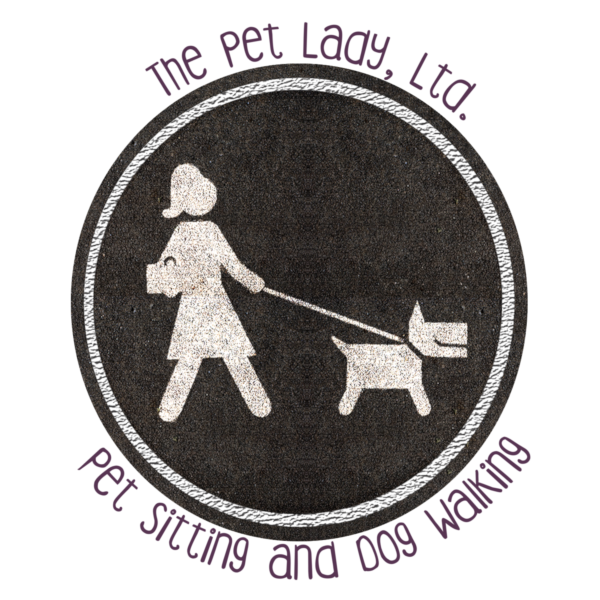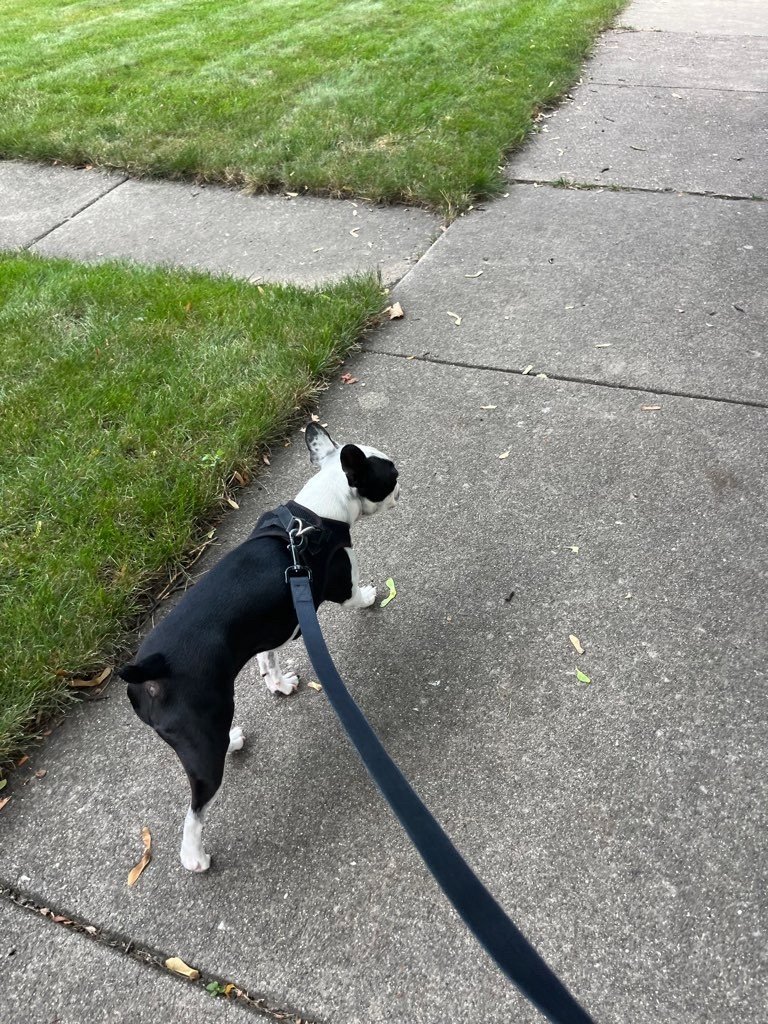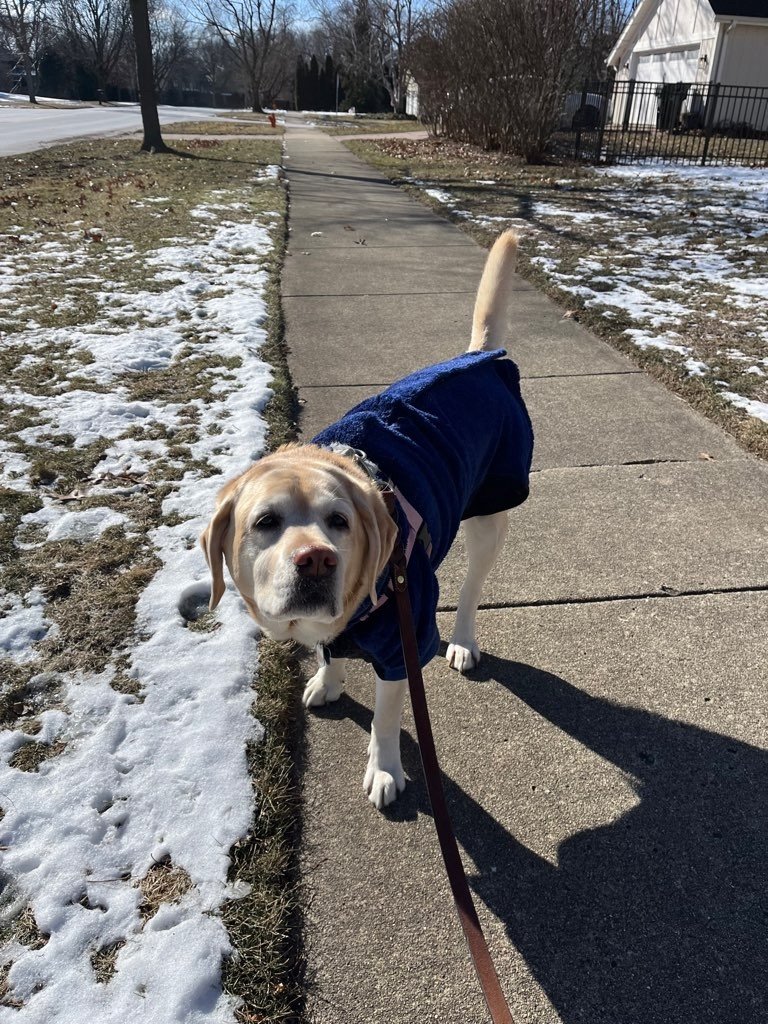The Ultimate Guide to a Successful Dog Walk
Dog walks are more than just a routine outing - they are a vital part of your furry friend’s physical and mental health and well-being. A well PUPpared walk can make the experience enjoyable, safe, and stress-free for both you and your pup. To achieve this, the right equipment is essential.
The Right Leash
The leash is the backbone of a good dog walk. The type of leash you choose can have an impact on control and comfort for both you and your dog.
Standard Leash: Ideal for most walks, these leashes are typically 4-6 feet long and provide excellent control.
Retractable Leash: While these offer more freedom, they can pose safety risks in crowded areas or for untrained dogs. This style leash is not recommended for walks.
Hands-Free Leash: Perfect for joggers or multitaskers, these leashes allow you to keep your hands free while maintaining control.
Material: Opt for sturdy materials like nylon, leather, or rope. Reflective leashes are a bonus for evening walks.
Harness vs. Collar
Choosing between a harness and a collar depends on your dog’s size, behavior, and health.
Collars:
Great for well-trained dogs who don’t pull.
Ensure the collar fits snugly but not too tight – you should be able to fit two fingers under it.
Avoid choke chains and prong collars unless advised by a professional trainer.
Harnesses:
Distribute pressure more evenly, reducing strain on your dog’s neck.
Ideal for dogs prone to pulling or those with respiratory issues.
Front-clip harnesses can help discourage pulling, while back-clip harnesses are better for smaller dogs or those who walk calmly.
Poop Bags
Cleaning up after your dog isn’t just courteous; it’s the law in many areas. Invest in a poop bag dispenser that attaches to the leash for easy access. Biodegradable bags are a more eco-friendly option.
Water and Portable Bowl
Dogs can get thirsty quickly, especially on longer walks or during warm weather. Carry a collapsible water bowl and a water bottle to keep your pup hydrated.
Treat Pouch
A treat pouch can make training on the go more convenient. Use it to reward good behavior, reinforce commands, or simply offer a snack during longer walks.
ID Tags and Microchip
Always ensure your dog wears an up-to-date ID tag with your contact information. For added security, microchip your dog and ensure you keep their microchip information up-to-date.
Weather-Appropriate Gear
Cold Weather: Sweaters, coats, or booties can keep your dog warm during winter walks, especially for smaller or short haired breeds.
Rainy Days: Waterproof jackets for your dog and a sturdy umbrella for you to make wet walks more comfortable.
Hot Weather: Consider booties or paw wax to protect their paws from hot pavement.
Training Tools
If your dog is still learning leash manners, bring along training tools like clickers or gentle leaders. Consistent training during walks can help improve behavior over time.
Comfortable and Safe Footwear for You
Walking your dog isn’t just about their comfort – you need to be prepared too. Choose shoes that provide support, grip, and durability, especially if you’ll be walking on uneven terrain.
Bonding Time
Lastly, a successful walk isn’t just about the gear – it’s about the bond between you and your dog. Use this time to enjoy each other while out exploring your neighborhood!
A well-prepared dog walk requires the right equipment and a little forethought. By investing in quality gear tailored to your dog’s needs, you can ensure every walk is a positive, enriching experience. So grab your leash, pack your essentials, and hit the trail with confidence!
Happy walking!
We know life happens and sometimes things get in the way of your dog’s walk. Do not worry! The Pet Lady has you AND your dog covered! Get started here with dog walks.


